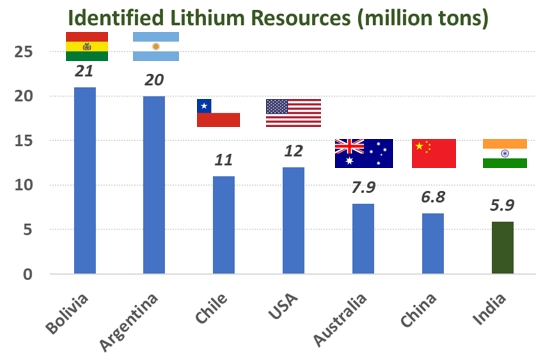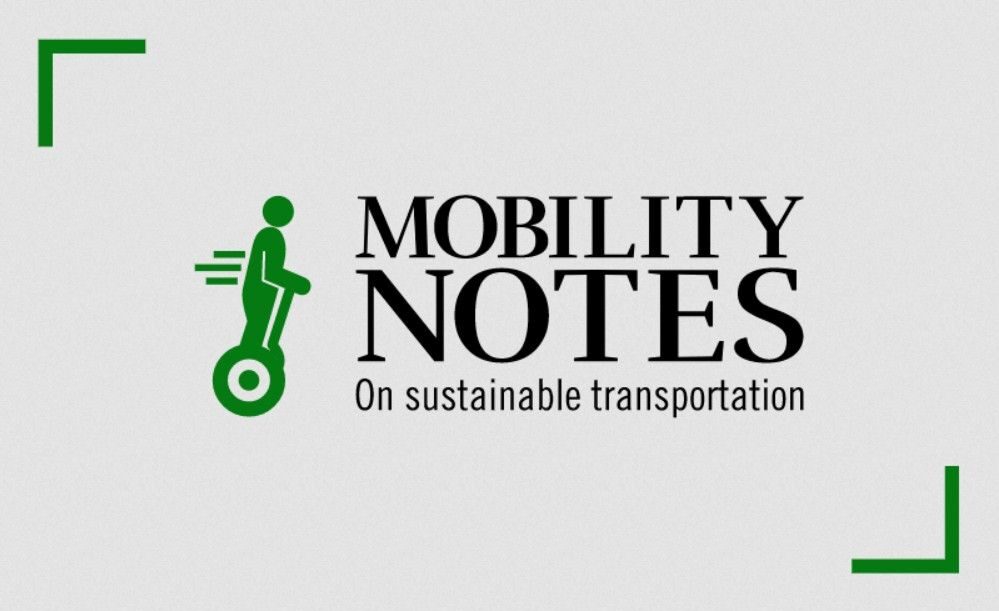India finds new inferred Lithium resources
The Geological Survey of India has announced the discovery of 5.9 million tons of inferred lithium resources in the northern state of Jammu and Kashmir.
The key word here is “inferred”. Resources are classified as measured, indicated, or inferred – in decreasing order of certainty with respect to the quantity and quality (grade) of the minerals.
Inferred estimates, according to the definition by the US Geological Survey, “are based on an assumed continuity beyond measured and (or) indicated resources, for which there is geologic evidence. Inferred resources may or may not be supported by samples or measurements“.
In other words, there will be more work ahead to verify and measure the actual lithium reserves.
Still, if these numbers hold, then India will hold the 7th largest Lithium resources in the world. The data included in the chart here is from the latest “Mineral Commodities Summary“, also from the USGS.

How much Lithium is 5.9 million tons ? A lot. Consider that a Li-ion battery uses ~ 850 grams of Li carbonate equivalent per kWh. And assuming that a battery for a modestly sized car in India uses 60 kWh. Simple math shows that 5.9 million tons can power ~ 115 million electric cars. But several hurdles will have to be cleared before such lofty numbers are achieved. As mentioned above, inferred is not equal to actuals, so some measurements will be required. Then there is the actual mining, and developing mines can take more than a decade – if permits and environmental concerns are addresses. And then there are the inefficiencies associated with extraction and refining. Finally, India has a large 2- and 3-wheeler population which will also need to be electrified.
In summary, this is a great find which puts India on the Lithium map, but more to come towards developing the actual reserves.
5-Min Monthly
Sign-up to receive newsletter via email
Thank you!
You have successfully joined our subscriber list.

